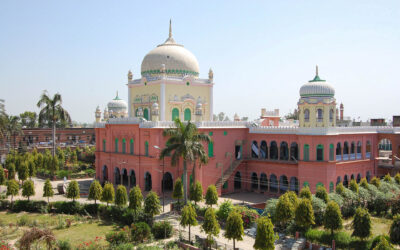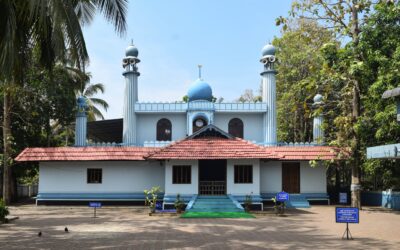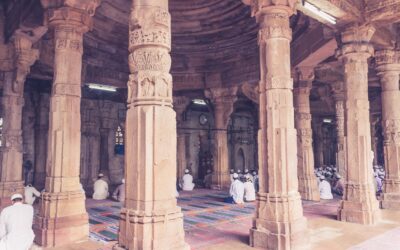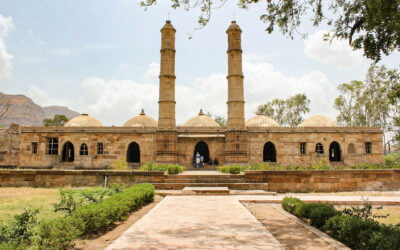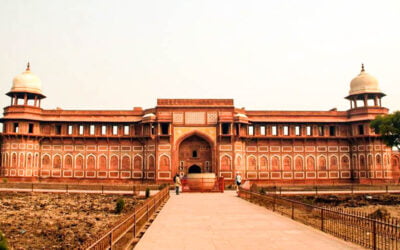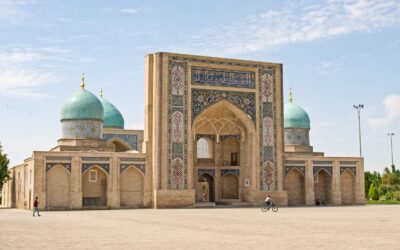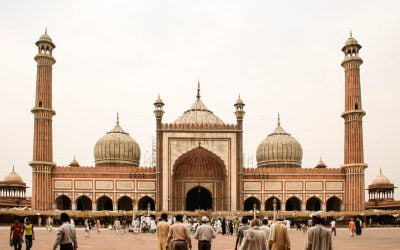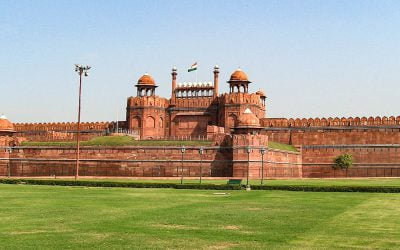TAJ MAHAL
Situated approximately 200 km’s from New Delhi, a visit to the Taj Mahal can be accomplished as a day-trip. As it is a popular tourist attraction, there are many options of transport. Buses depart every hour from Anand Vihar terminal in New Delhi and the trip to Agra takes about 5 hours. Trains are a bit faster and the high-speed Shatabdi Express is a good option. Travelling by car or booking a guided tour are also options and reduce the travel time to less than 4 hours each way. Locals and foreigners are required to purchase entry tickets to enter the Taj Mahal.
HERITAGE SITE | THE TAJ MAHAL
-
India is a fascinating country with a history dating back millennia. Islam reached India via Arab traders who used to frequently sail to the west coast of India for trade even before the advent of Islam. Small Muslim trading communities are reported to have formed along the west coast thereafter. The greatest expansion of Islam occurred however at the hands of Muhammad bin Qasim Al Thaqafi, a young 17 year old military commander from Ta’if who had been appointed by the Umayyads in 711 C.E to further the spread Islam.
-
He led his army of about 6000 soldiers into Sindh and faced minimal resistance as many of the oppressed Buddhist minorities actually reached out to the Muslim armies for safety against Hindu governors. Islam spread during the ensuing period but only became a dominant stronghold in the 16th century under Mughal rule.
- The most recognised building in India – the Taj Mahal – was built during this period. One of the Seven Wonders of the World, the Taj Mahal is regarded as one of the most beautiful structural compositions in the world. Also known as the “Jewel of Muslim Art” is a splendid octagonal complex, made of ivory-white marble and built and designed in unique fashion. The complex comprises five primary elements; a gateway, garden, musjid, a building mirroring the Musjid and a mausoleum including 4 minarets. Very much in accordance to Mughal building practice, all of this was designed as a unified set-up which allowed for no subsequent addition or alterations. The subsidiary buildings are in red sandstone with each roofing a white marbled dome.
-
It was constructed in 1632 by the Mughal Emperor Shahab Al Din, Muhammad Khurram (famously known as Shah Jahan) as an ode to his love for his wife Mumtaz Mahal who passed away during childbirth.
- Such was their bond that Shah Jahan remained inconsolable after her demise and although she was interred in Burhanpur, he decided to eternalise her memory by building the world’s most costly mausoleum.
-
The Taj Mahal is the finest demonstration of Mughal, Indian and Persian architectural design. With over 20 000 workers and artisans from Turkey, Iran and Europe, the project took over a decade to complete. The estimated cost of the project in today’s terms is around 1 billion dollars.
-
It is said that Shah Jahan also intended to build another mausoleum across the river to house his own remains in a mausoleum constructed of black marble. He has however deposed by his son Aurangzeb and after his demise, he was buried next to his wife in the Taj Mahal.

